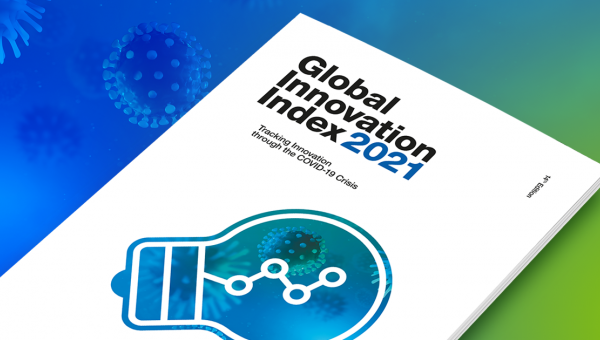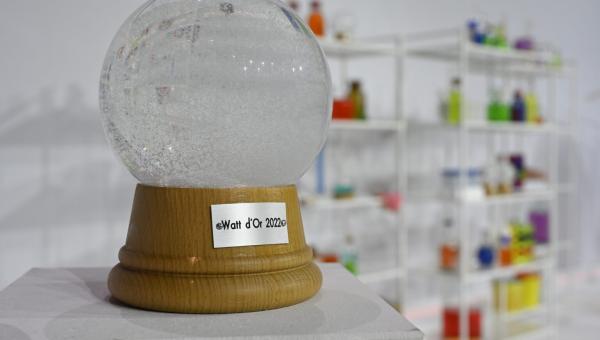Recovering valuable rare earth metals from electronic waste

Researchers extract rare earths from old lamps.
Only a small fraction of the rare earth metals used in many electronic devices is currently recycled. An ETH Zurich invention of the year 2024 could change this for good.
Rare earth metals are at the heart of many electronic components used in everyday technologies such as laptops and smartphones that make our modern lives possible. They are also essential for power clean energy technologies such as wind turbines, solar panels, energy-saving lamps and electric vehicle motors, making them more energy efficient. With Europe almost entirely dependent on imports from China, these raw materials are considered critical. However, despite their importance, the global recycling rate is only 1%.
Challenging separation process
The problem with these elements is that they are extremely difficult to separate from each other, making them energy and resource intensive. The problem lies in the chemical similarity of the elements, requiring the separation process to be repeated 100 times to achieve high purity.
Most promising innovation of the year
With the future demand for rare earth materials set to increase significantly, recent research at ETH Zurich is seen as a real game changer. The REEcover project, led by ETH doctoral student Marie Perrin, has found an innovative recycling process to recover rare earth elements from used devices and industrial waste. This invention could have such a huge impact in the future that it was named the most promising ETH invention of 2024 at last week's Spark Award.
A simple way to recycle rare earth metals
In a recent study published in the journal Nature Communications, researchers show how a simple inorganic reagent can significantly improve separation. The key to this technique lies in small inorganic molecules called tetrathiometallates. According to the researchers, the inspiration came from the world of proteins. Tetrathiometallates are found as metal binding sites in natural enzymes and are used as anticancer and copper metabolism drugs. Now, for the first time, tetrathiometallates are being used as ligands for the separation of rare earth metals.
The principle is so efficient and robust that we can apply it directly to used fluorescent lamps without the usual pre-treatment steps.
Meet the finalists
Every year, around 100 inventions from ETH Zurich are filed for patent. The most promising inventions make it to the final of the Spark Award. Here are the finalists for 2024:




